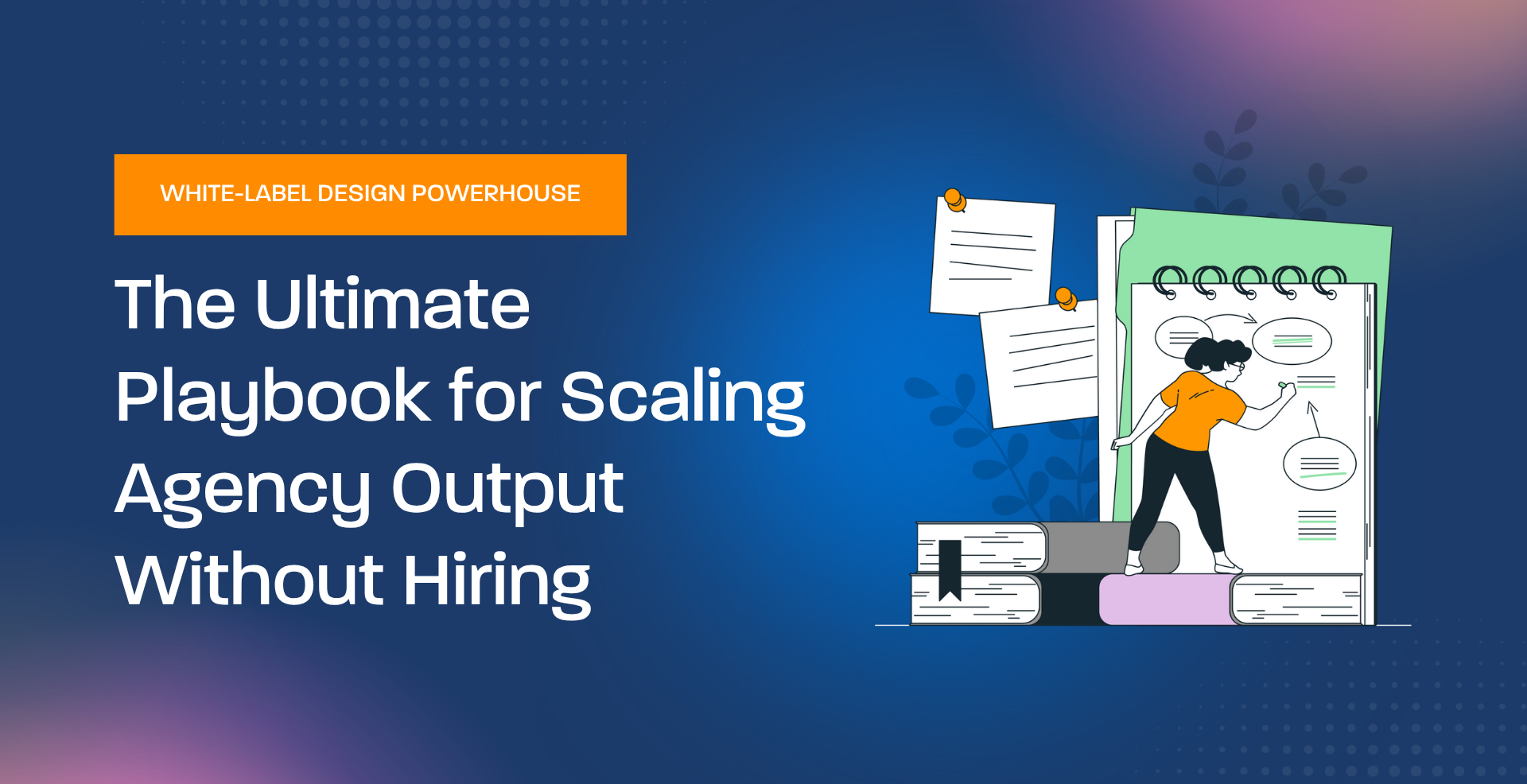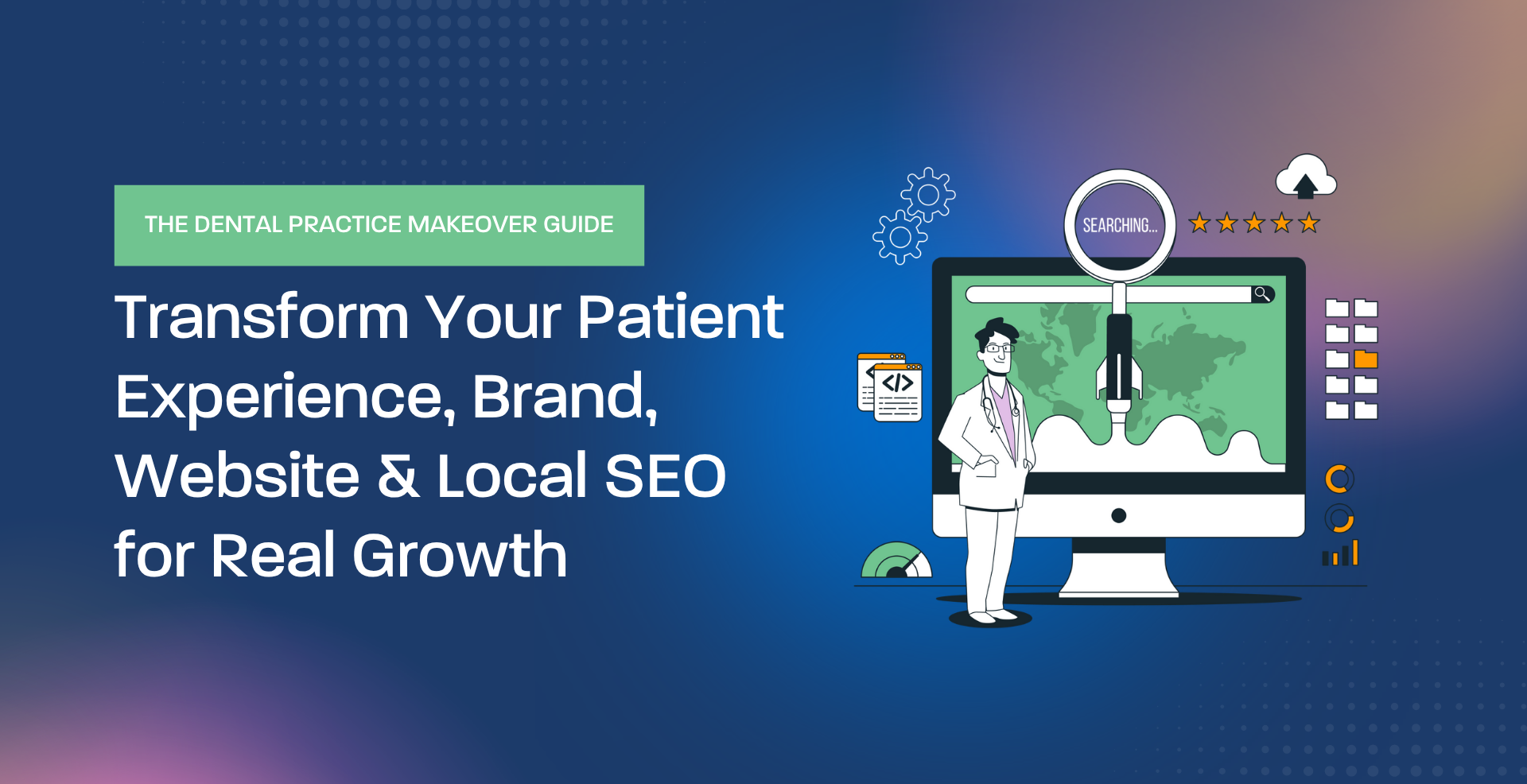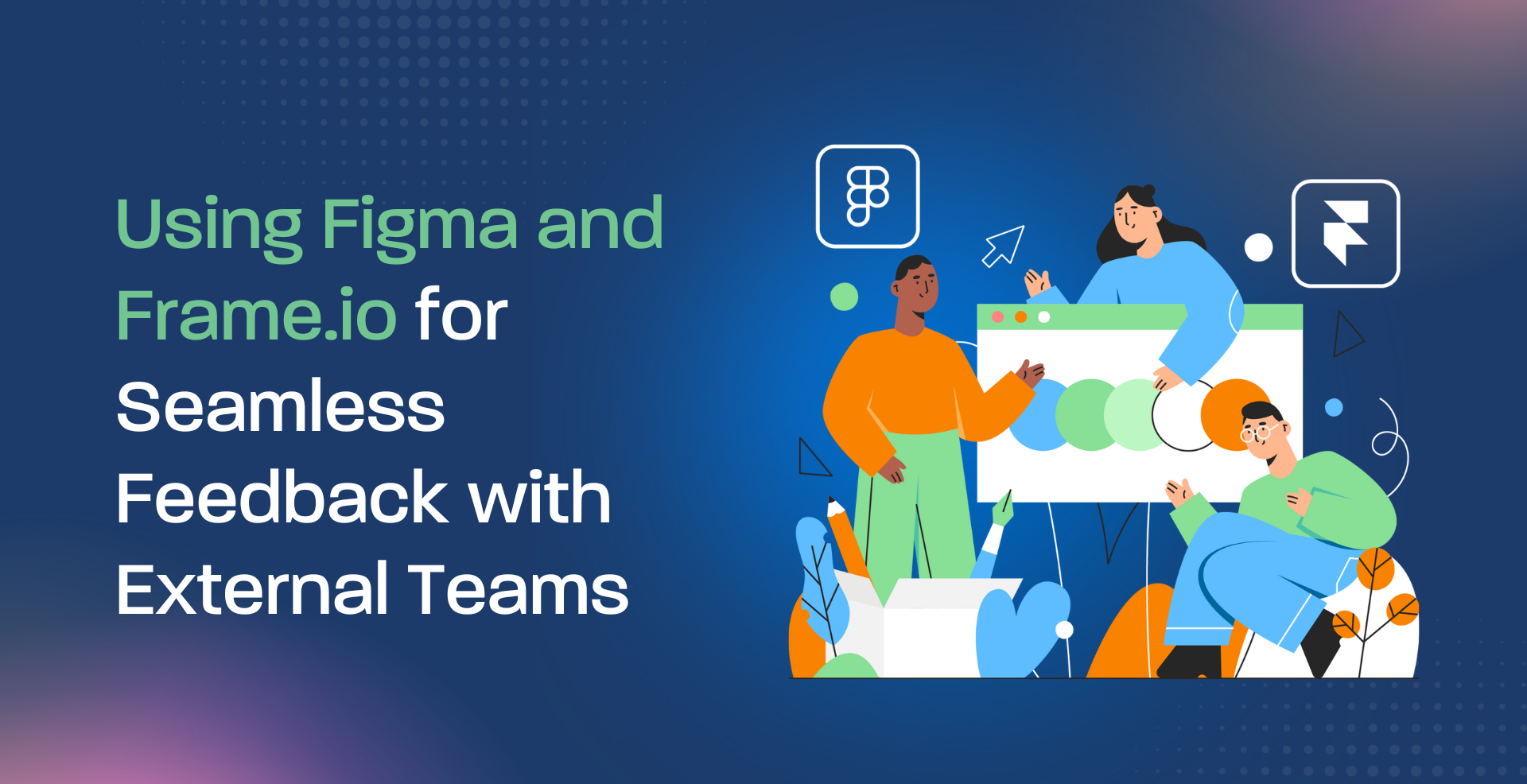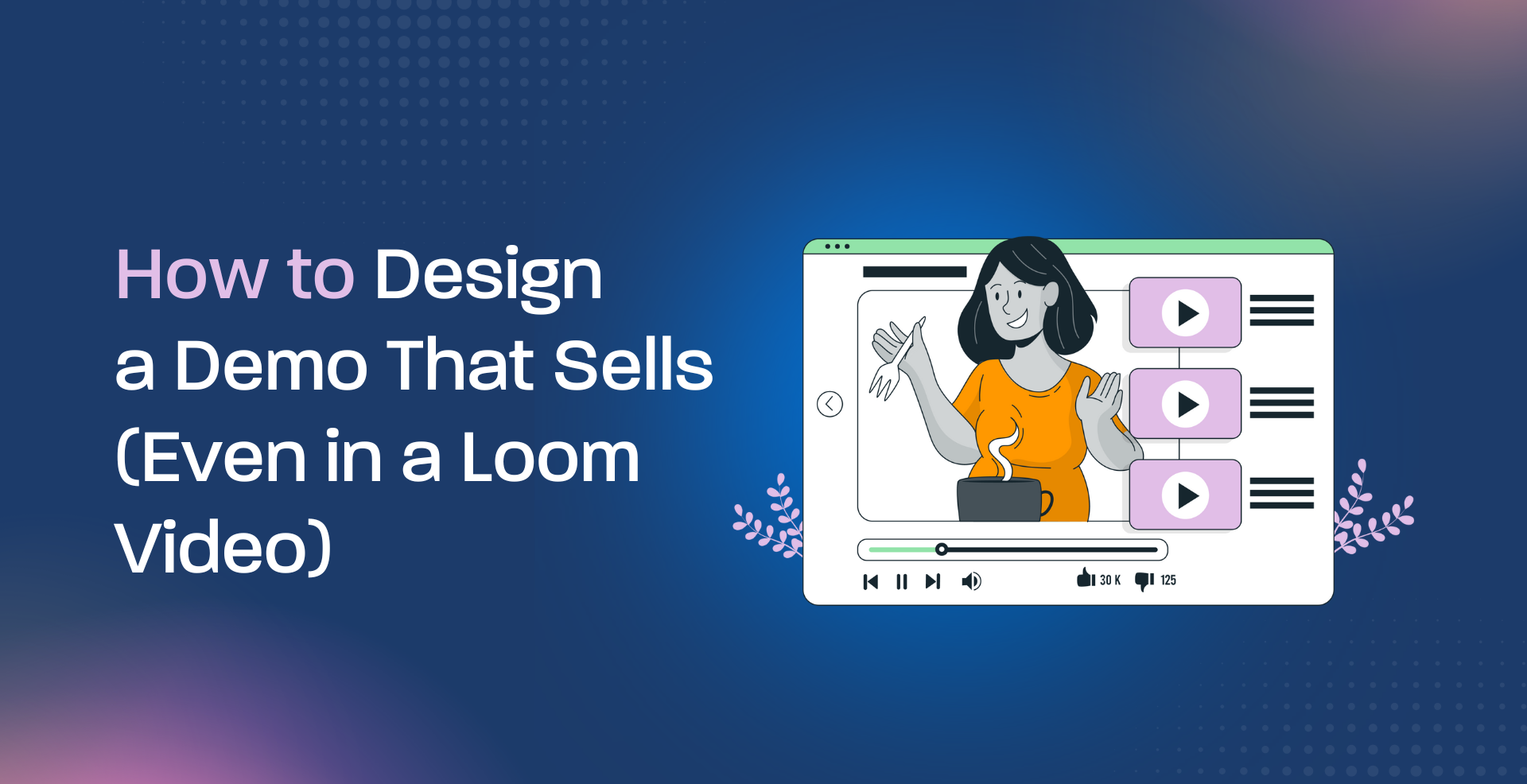A bustling design agency, renowned for its innovative and visually stunning work, faced a growing challenge. Their client roster had expanded rapidly, leaving their in-house team stretched thin. The agency knew they needed a reliable partner to handle the influx of UI/UX design requests without compromising the quality of their work. After careful consideration, they sought a UI/UX white-label provider who could seamlessly integrate into their team and deliver exceptional designs that met their high standards.
When outsourcing UI/UX design services, selecting the right white-label provider is crucial for the success of your projects. A well-chosen partner can enhance your offerings, streamline workflows, and deliver exceptional designs. This comprehensive checklist will guide you through the key factors when hiring a UI/UX white-label provider.
Geeks For Growth has a free guide titled – A Guide to Successful white-label Partnerships which focuses on why agencies are increasingly turning to partners for design services, valuable insights into how these partnerships can be developed, and all you need to know before making the key decision to enter a white-label partnership with a partner like Geeks For Growth.
User-Centered Design Expertise
- Portfolio Analysis: Review the provider’s portfolio for a diverse range of projects demonstrating their ability to understand and cater to different target audiences.
- Design Philosophy: Inquire about their approach to user-centered design, including their use of research methods, prototyping, and usability testing.
- Case Studies: Look for case studies that highlight their ability to solve complex design challenges and deliver measurable results.
Seamless Integration and Collaboration
- Communication Channels: Ensure they have effective communication channels and processes in place for collaboration, such as project management tools, regular meetings, and clear reporting.
- Team Compatibility: Discuss how their team will integrate with your existing workflow and if they have experience working with remote or distributed teams.
- Design Handoff: Understand their process for handing off design assets and ensuring a smooth transition between teams.
Deadline Adherence and Quality Assurance
- Project Management: Inquire about their project management methodology and how they prioritize tasks to meet deadlines.
- Quality Control: Ask about their quality assurance processes, including internal reviews, usability testing, and design audits.
- Revisions and Iterations: Discuss their policy for revisions and iterations to ensure the final product meets your expectations.
Transparency and Communication
- Open Communication: Assess the provider’s willingness to communicate openly and honestly throughout the project.
- Regular Updates: Inquire about the frequency of updates and how they keep you informed of project progress.
Feedback Mechanism: Understand their process for gathering and incorporating feedback from your team.
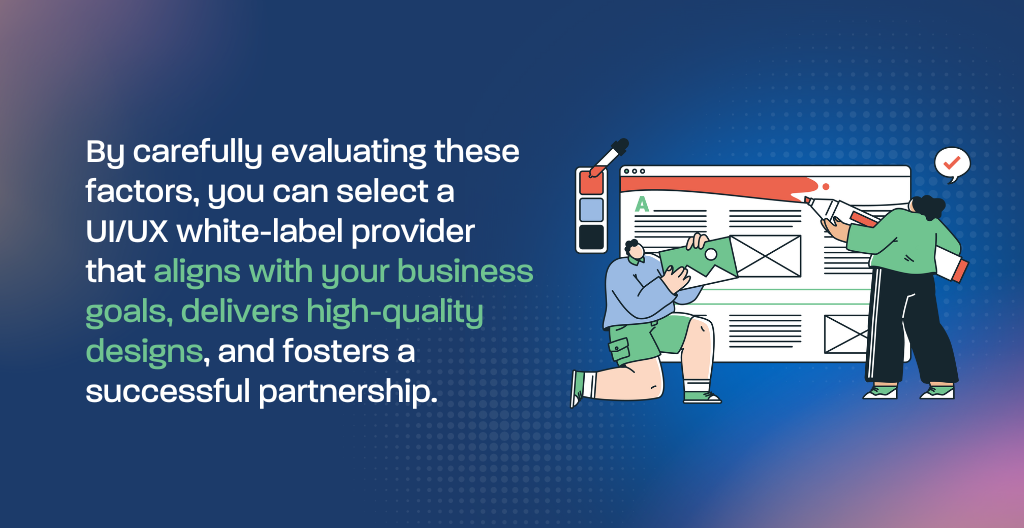
Versatility and Adaptability
- Industry Experience: Consider their experience in different industries and their ability to adapt to varying design requirements.
- Brand Voice and Visual Style: Assess their ability to capture and convey different brand voices and visual styles.
- Problem-Solving Skills: Evaluate their approach to problem-solving and their ability to think creatively and strategically.
Intellectual Property and Confidentiality
- Ownership Rights: Clearly define ownership rights for design assets and intellectual property created during the project.
- Confidentiality Agreements: Ensure they have strict confidentiality agreements in place to protect sensitive information.
- Data Privacy: Discuss their measures for protecting user data and complying with relevant privacy regulations.
Ongoing Support and Maintenance
- Post-Launch Support: Inquire about their ongoing support services, such as maintenance, updates, and technical assistance.
- Scalability: Discuss their ability to accommodate future growth and changes in your business.
- Continuous Improvement: Assess their commitment to staying updated with the latest design trends and technologies.
Additional Considerations
- References and Testimonials: Request references from previous clients to get firsthand insights into their experience.
- Pricing and Payment Terms: Clearly understand their pricing structure, payment terms, and any additional fees.
- Cultural Nuances: If working with a provider in a different cultural context, consider potential language barriers and cultural differences.
By carefully evaluating these factors, you can select a UI/UX white-label provider that aligns with your business goals, delivers high-quality designs, and fosters a successful partnership. Remember to prioritize open communication, transparency, and a shared commitment to user-centered design.
Conclusion
At Geeks For Growth, we believe in the power of white-label partnerships. Our free guide, “A Guide to Successful White-Label Partnerships,” provides valuable insights into building effective collaborations. This resource outlines why agencies are increasingly turning to white-label partners for design services and what you need to know before entering into a partnership.
To learn more about the benefits and long-term impact of white-label partnerships, the key factors in forming and sustaining partnerships, and how to strike the right balance between design, creativity, and client requirements, you can get GeeksForgrowth’s whitepaper for free!
Do you need a white-label partner who will do all the work for you while delivering quality services under your brand name? Geeks For Growth is your efficient white-label partner that will help your agency shine with premium branding and design services.
